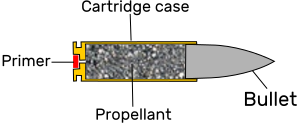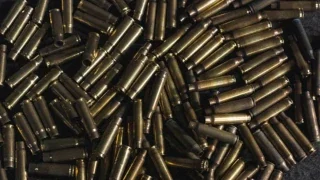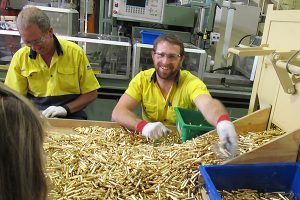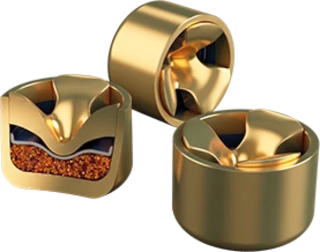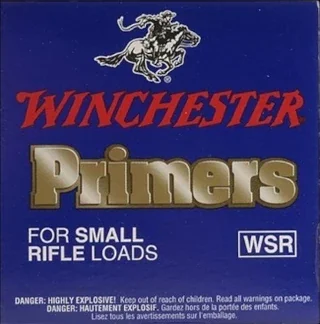Table of Contents
Add a header to begin generating the table of contents
Ammunition
Ammunition or Ammo is a package of various components that, when combined, act to propel a projectile from a rifle, gun or weapon. The word ‘ammunition’ comes from the French term ‘la munition’, which meant equipment or stores used in war.

